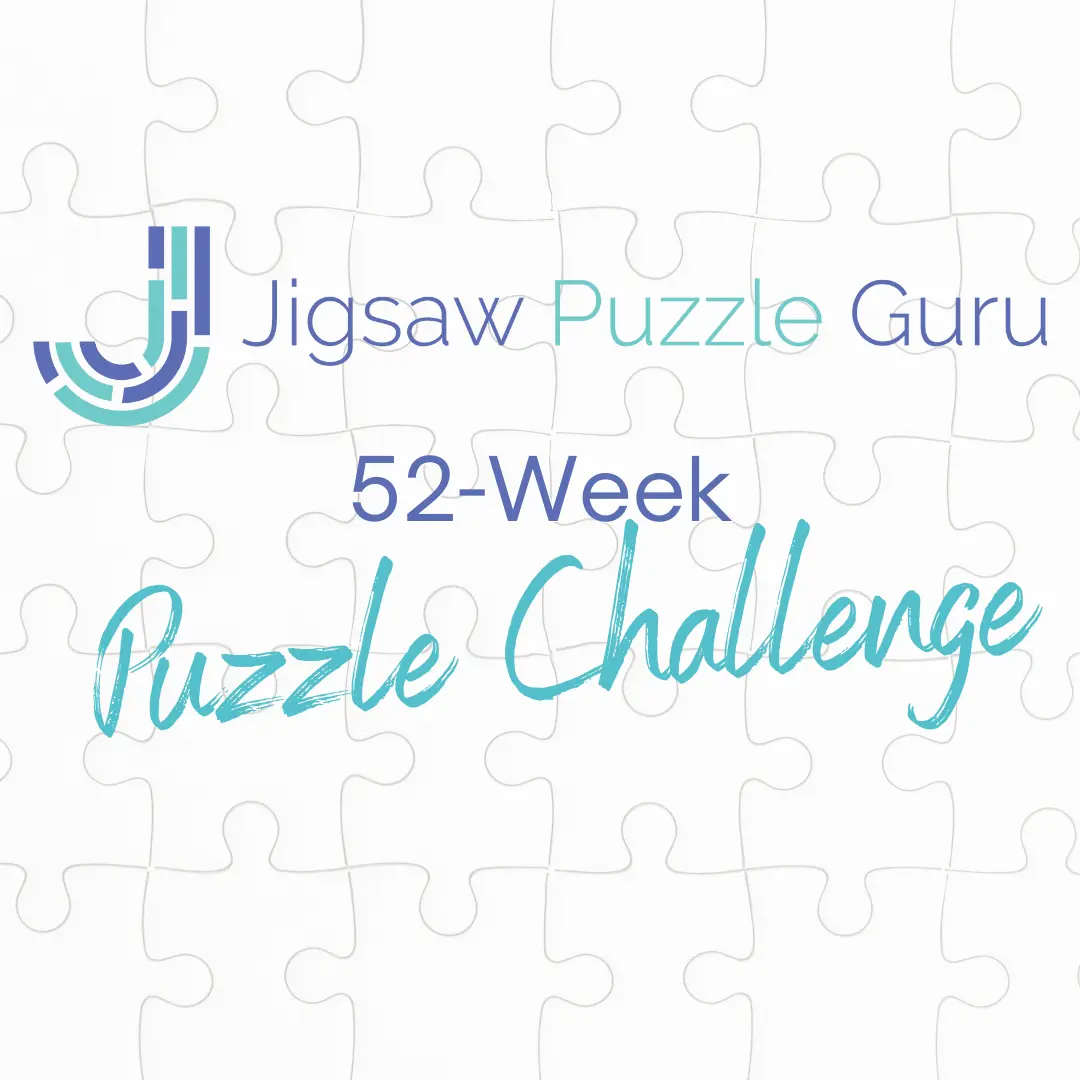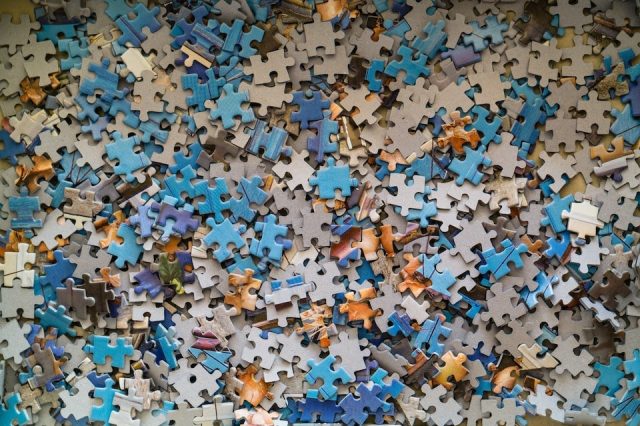Welcome to Jigsaw Puzzle Guru!
Exploring the World of Jigsaw Puzzles
Welcome to JigsawPuzzleGuru.com, your go-to destination for exploring the captivating world of jigsaw puzzles. We are dedicated to providing enthusiasts with a curated space that offers jigsaw reviews, a comprehensive buyer’s guide, and featured articles brimming with helpful insights about the fascinating realm of jigsaw puzzles. Join us on this puzzle-filled journey as we celebrate the artistry, challenge, and joy that jigsaw puzzles bring to puzzle aficionados worldwide.
Recent Posts

Are you ready to embark on a year-long journey through the captivating world of puzzles?
Join our 52-Week Jigsaw Puzzle Challenge and receive a new puzzle challenge in your inbox every week!

